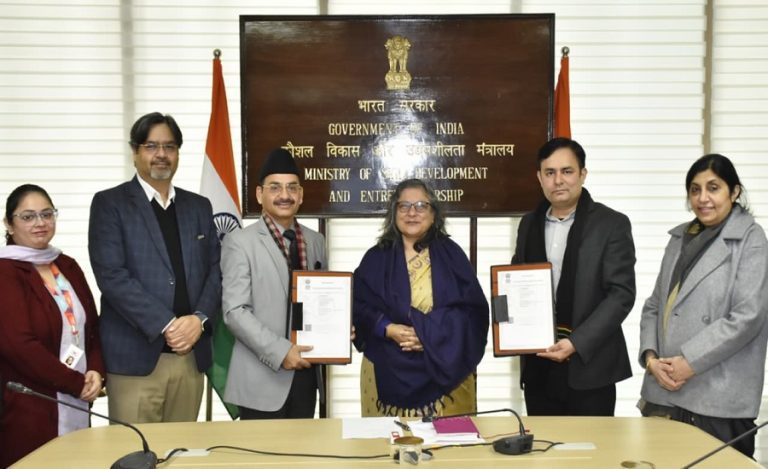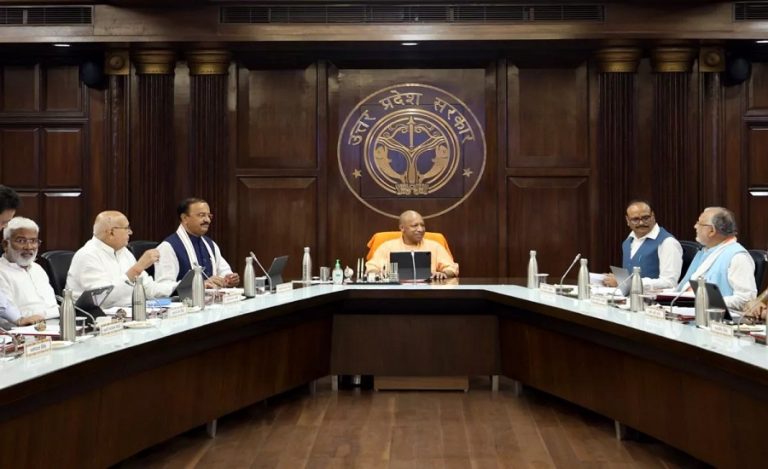Prime Minister Narendra Modi on Friday marked a significant step toward enhancing India’s power infrastructure by laying the foundation stone of a major thermal power expansion project in Bihar and dedicating a newly built unit to the nation in Uttar Pradesh.
In Bihar’s Aurangabad district, the Prime Minister launched the second phase of the Nabinagar Super Thermal Power Project, which will add 2,400 MW (3×800 MW) to the national grid. Being developed by NTPC, India’s largest energy utility, this stage of the project comes with an estimated cost of over ₹29,930 crore. It is expected to boost energy availability in Bihar and the eastern region, providing more affordable electricity and improving grid stability.
Meanwhile, in Kanpur Nagar district of Uttar Pradesh, PM Modi inaugurated the first unit (660 MW) of the Ghatampur Thermal Power Project. The plant is being developed by Neyveli Uttar Pradesh Power Limited (NUPPL), a joint venture between NLC India Limited (holding 51%) and the Uttar Pradesh Rajya Vidyut Utpadan Nigam Limited (49%). The entire project includes three supercritical units of 660 MW each, totaling 1,980 MW capacity.
With a total investment of around ₹21,780 crore, the Ghatampur project is designed to cater to the increasing power needs of Uttar Pradesh and neighbouring states like Assam. A power purchase agreement (PPA) has already been signed for the distribution of its output, with 75% allocated to UP and about 25% to Assam, pending finalization of equity transfer.
What sets the Ghatampur plant apart is its emphasis on environmental sustainability. The project includes advanced emission control systems such as Selective Catalytic Reduction (SCR) and Flue Gas Desulphurization (FGD) to curb nitrogen and sulphur oxides. A zero liquid discharge (ZLD) mechanism ensures wastewater is completely treated and reused. Additionally, 288 km of canal lining is being implemented to conserve nearly 195 MLD of water.
Designed for long-term efficiency, the plant features supercritical boilers with an impressive 88.81% efficiency rate, a coal stockyard with a month-long backup capacity, and a raw water reservoir holding 4.6 crore liters. The project also includes cutting-edge monitoring systems for both air and emissions, as well as a 765 kV GIS substation for effective power evacuation.
With coal sourced from a captive mine with a 9 MTPA capacity, the plant is built to ensure uninterrupted fuel supply. According to the Ministry of Coal, the facility is expected to generate significant direct and indirect employment, contributing to regional economic growth and reinforcing India’s push for energy self-reliance under the Aatmanirbhar Bharat initiative.



























